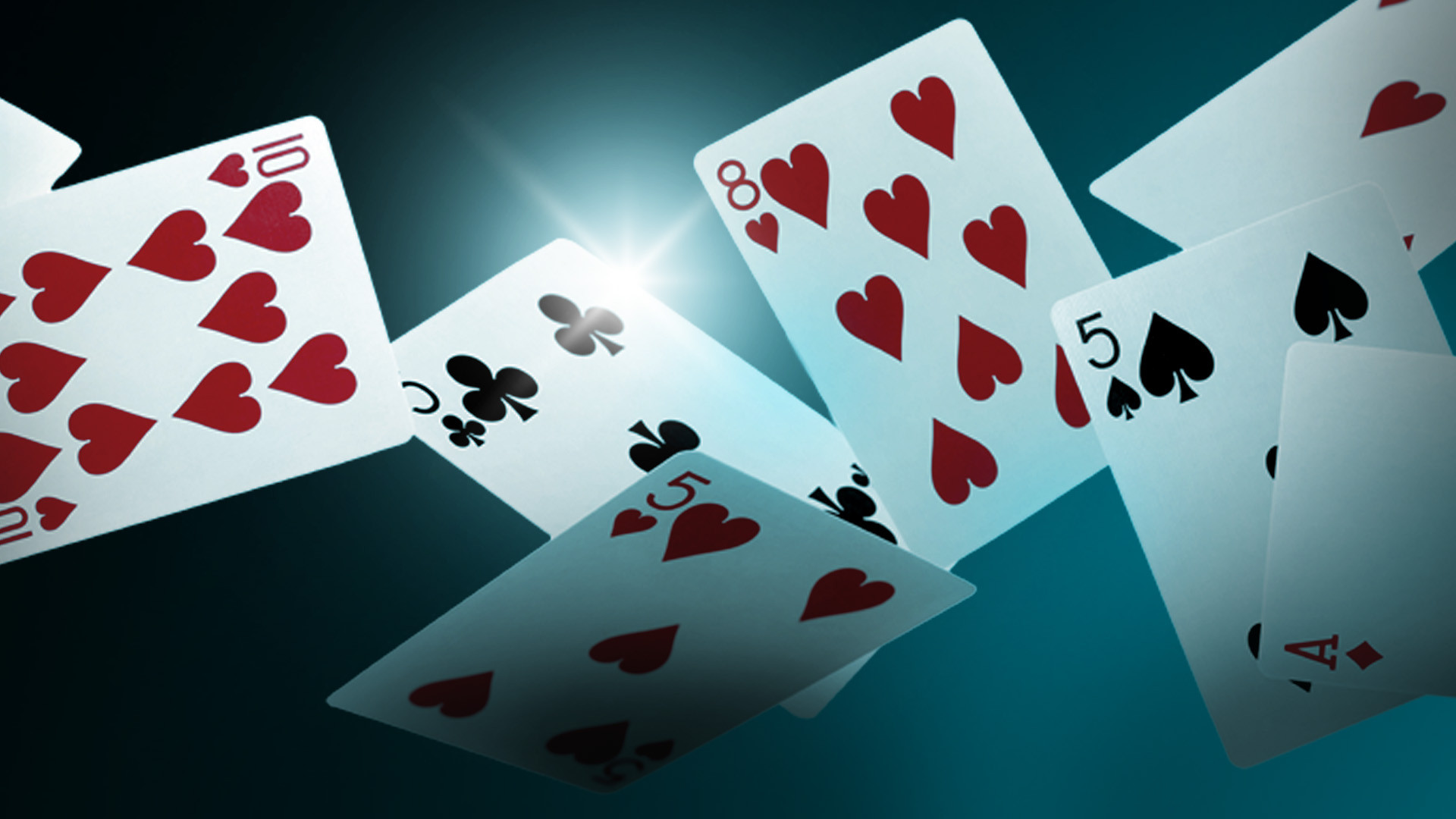
The History of Baccarat
Let us take you on a fascinating journey through baccarat history. In this guide, we will take a deep dive into the origins of the game, its evolution, and the global impact of this iconic casino game. From its noble beginnings in Italy to its adventures in France and beyond, you’ll be able to see how it has become the game we know and love today.
The Beginning of Baccarat
The origins of Baccarat have long been a subject of debate, but generally, it is believed to go back to mediaeval Italy. Legend has it that a fellow called Felix Falguiere, in the 1480s, invented the game using a tarot card deck - and it was simply for the aristocracy. Because all 10s and face cards in the game held a value of zero, he apparently decided to call the game "Baccara", which was derived from an Italian dialect word for zero. The belief is that it did originate in Italy. But, that being said, France also played a big role in popularising the card game. It's believed the game may have been introduced there after the Franco-Italian War in the late 15th century. Before casinos were officially legalised in 1907, French nobility often joined private gaming chambers to enjoy the game.
It was only on 13th January 1866 when ‘Baccarat’ found its way into the English language - after being mentioned in the Daily Telegraph. It wasn’t long before it gained popularity in both the UK and the USA. Indeed, it became even more popular when a high stakes Baccarat game featured in Ian Fleming’s Casino Royale in 1953. James Bond's association with Baccarat has cemented its reputation.
There is also an argument that baccarat is linked to the game "Pai Gow", which originated in ancient China.
Having moved across to major countries and cities, Baccarat would need to hold up against popular casino games such as blackjack and roulette.
Evolution of Baccarat
As it has gone through different years and different countries, the game of Baccarat has undergone all sorts of adaptations and evolved into numerous different versions over the years. Baccarat has transformed to cater to different players and preferences - and is now a game accessible to all types of players as a result.
The earliest version of baccarat was known as Baccarat Banque, and it was this game that was introduced in Italy during the late 15th century. It was considered a high-stakes game, and, in this version of the game, one player acted as the banker throughout the game.
Hundreds of years later, In the 19th century, we saw the introduction of ‘Chemin de Fer' - which was a new and very different variation of baccarat. This is because this version of the game allowed players to take turns being the banker, which added more interaction to the game. It was this version of the game that became big in France and attracted a more diverse group of players.
It may have taken a few hundred years, but when Baccarat spread beyond Europe - to the United States, it underwent even more changes - and thus, we saw the creation of Punto Banco. This was a much-simplified version of the game - and it became much more accessible to a more varied audience. In this version, players would no longer take turns as the banker - instead, the casino or house would always act as the banker. This means that there were no major decisions to make - players simply made the bet, and the house did the rest. Because of this, it wasn’t long before Punto Banco became the most popular version of baccarat in the US - and many other countries.
As it was starting to become a game for different preferences, the game of mini-baccarat was introduced. As the name suggests, this variant is played on smaller tables, often has lower betting limits… and can be less intimidating for unfamiliar players. Mini-baccarat generally plays with the standard rules of Punto Banco.
Every single version of baccarat has its own unique characteristics - and each will attract a certain type of player. However, they all share the one main objective of the game - trying to achieve a hand value as close to nine as possible. Although the classic versions still have a place in the more prestigious casinos across the world, mini-baccarat - and later online baccarat have made it accessible to a much bigger audience.
From Land-Based to Online Casinos
Probably the biggest evolution of all, however, is its move into the online world. Baccarat's transition from land-based casinos to online platforms has been incredible - giving players more variations and betting options.
Nowadays, modern baccarat games come in all different variants - including traditional Punto Banco, Chemin de Fer, mini-baccarat and more. This wide selection means that players can pick the version of the game that suits their style and, of course, budget.
One of the main advantages is that online baccarat is available around the clock, right there, wherever you are - so you won’t need to get dressed up and find an actual casino. These games are now available as and when you want; there are simply more variations. Moreover, online baccarat has the ability to connect players from all over the world - really bringing the entire Baccarat community together, no matter where you live.
